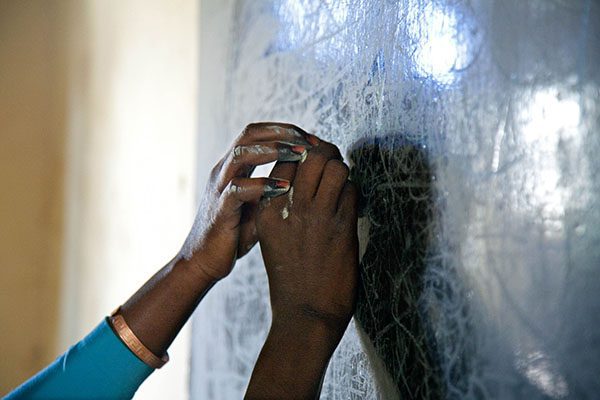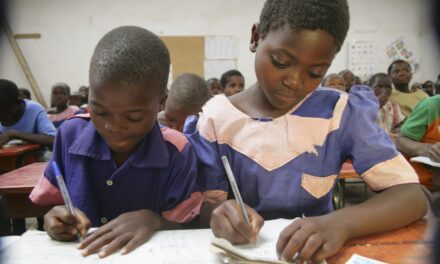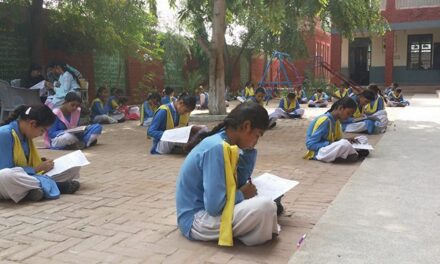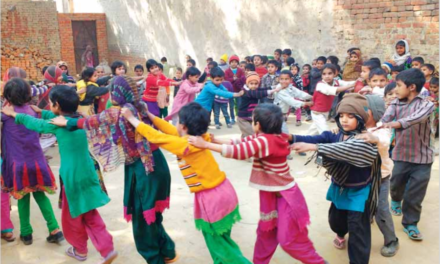Summary of thematic strand from UKFIET conference, September 2017 – Part 1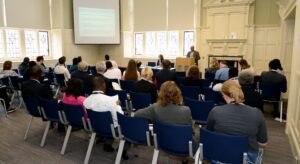
Thematic convenors: Susy Ndaruhutse, Education Development Trust and Amy Parker, Relief International
Our conference sub-theme drew together a rich and diverse set of symposia, papers and quickfire sessions covering a wide range of issues, from gender to disability to teachers to conflict and displacement and many others in between. We have pulled out some of the highlights in a series of three blog pieces that reflect the research and practice that came through during the conference.
Part one focuses on the general issues around inclusion and sustainable learning.
Challenging norms on marginalisation: The associated norms of marginalised groups (low self-esteem, low aspirations and learning outcomes, etc.) shouldn’t be normalised, they are abnormal. They are the consequence of the process of marginalisation. How do systems feed into these issues? (Session 6J, audience discussions).
Who is marginalised and what are their needs: This is a key question that the Education Equity Research Initiative panel suggested was critical to ask when looking at inclusion. Their research shows that home language and socio-economic status significantly affected reading and comprehension as opposed to gender and other factors (Session 1D, Eric Eversmann, Save the Children)
Political will is needed for inclusive education: inclusive education can only be successfully expanded through political will, community support (i.e. change in attitudes/community level challenges are the largest issues faced by those trying to get children with disabilities into school), evidence and better service delivery (teachers, infrastructure and learning materials) (Session 2K, Mark Waltham, UNICEF).
Equity beyond education: Whilst the discussion around equity is decades old, the new focus on the impact and importance of equity in education and on social stability is different to what has been said and done before. This is crucial as it has a broad impact on wider society. Equity has become a goal in and of itself which is a great development and can and should result in programmatic improvements (Session 1D, John Gillies, FHI 360).
Equity at the school level: School equity analysis is key to implementing effective programming for three main reasons: (i) it highlights data gaps; (ii) it brings extra nuance; and (iii) it causes us to think about what to do next at a more granular level (Session 1D, Eric Eversmann, Save the Children).
The role of teachers: Teachers need to be involved in data/research dissemination in order for them to understand and access the lessons learnt, shed light on the root causes of localised forms of equity (which is highly nuanced even within national contexts) and be involved in solution design to help address this causes (Session 1D, audience comment).
Finding which interventions work: It can be challenging to prove how specific interventions impact outcomes, as multiple programmes, often tackling different issues, will interrelate and bring about impact (Session 8K, Laura Evans, Relief International).
The challenge of policy vs implementation reality:
- Government officials are often very good at writing beautifully worded policies and law but enactment is the major issue (Session 6J, Prachi Srivastava, Western University).
- We always talk about evidence gaps but there are also big implementation gaps (Session 9D, Juan-Pablo Giraldo, UNICEF).
Look out for Part Two , which will turn to disability and gender, girls’ education and school-related gender-based violence.
Inclusive education: EdTech, learning assessment and refugees and displaced populations – part 3

